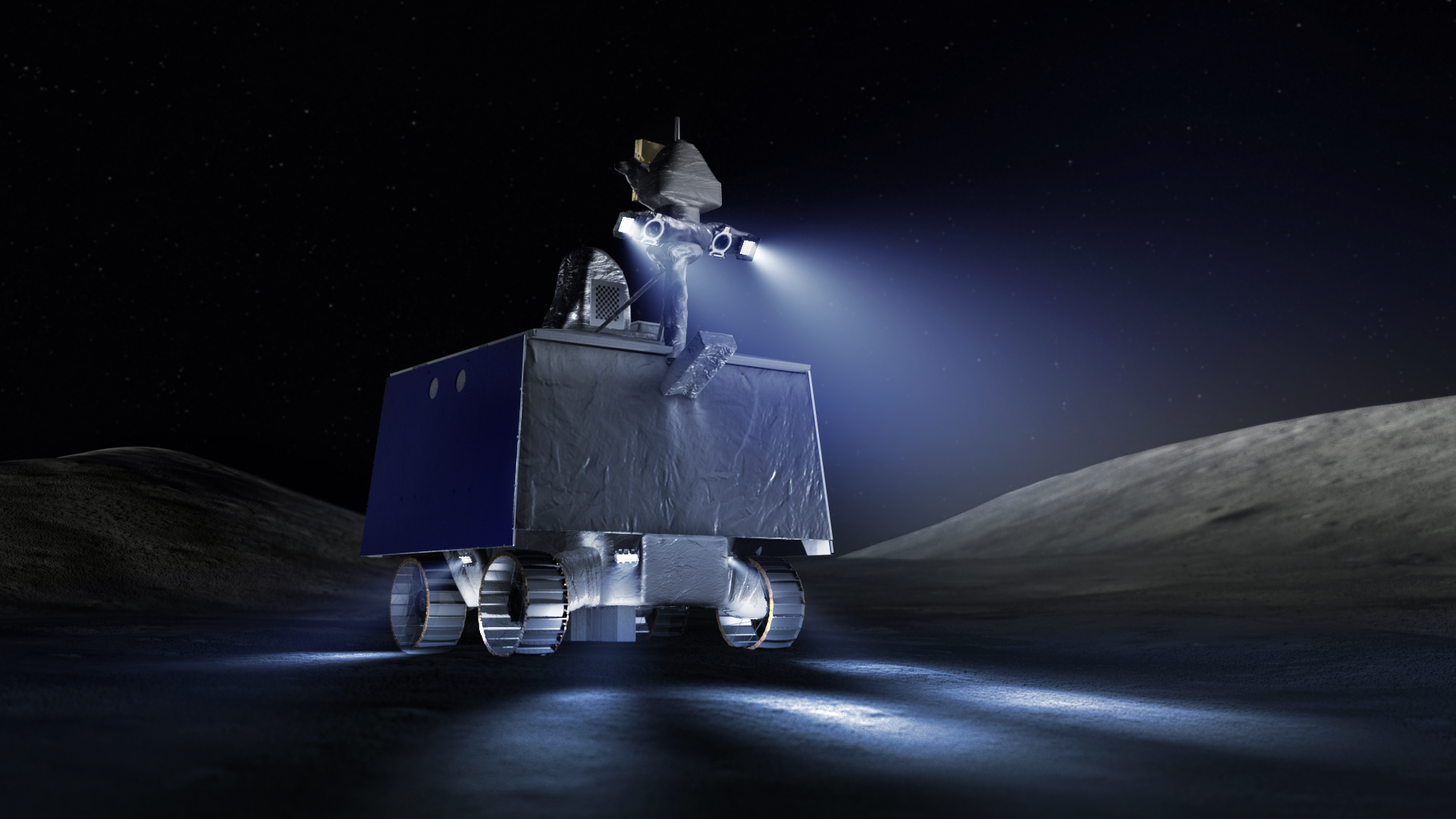NASA’s Commercial Lunar Payload Services (CLPS) initiative allows rapid acquisition of lunar delivery services from American companies for payloads that advance capabilities for science, exploration or commercial development of the Moon. Through CLPS, NASA contracted Astrobotic of Pittsburgh to deliver the agency’s Volatiles Investigating Polar Exploration Rover (VIPER) to the lunar surface in search of ice and other potential resources. The measurements returned by VIPER will provide insight into the origin and distribution of water on the Moon and help determine how the Moon’s resources could be harvested for future human space exploration. While VIPER was originally scheduled for lunar delivery by Astrobotic in November 2023, NASA has requested the Astrobotic and VIPER mission teams to adjust VIPER’s delivery to the Moon’s South Pole to November 2024.
NASA’s decision to pursue a 2024 delivery date results from the agency’s request to Astrobotic for additional ground testing of the company’s Griffin lunar lander, which will deliver VIPER to the lunar surface through CLPS. The additional tests aim to reduce the overall risk to VIPER’s delivery to the Moon. To complete the additional NASA-mandated tests of the Griffin lunar lander, an additional $67.8 million has been added to Astrobotic’s CLPS contract, which now totals $320.4 million.
“Through CLPS, NASA has tasked U.S. companies to perform a very challenging technological feat – to successfully land and operate on the Moon,” said Joel Kearns, deputy associate administrator for exploration in NASA’s Science Mission Directorate in Washington. “VIPER is NASA’s largest and most sophisticated science payload to be delivered to the Moon through CLPS, and we’ve implemented enhanced lander testing for this particular CLPS surface delivery.”
CLPS is a key part of NASA’s Artemis lunar exploration plans. The science and technology payloads sent to the Moon’s surface will help lay the foundation for human missions on and around the Moon. The agency has made seven task order awards to CLPS providers for lunar deliveries in the early 2020s with more delivery awards expected through 2028.
For more information, visit:


































